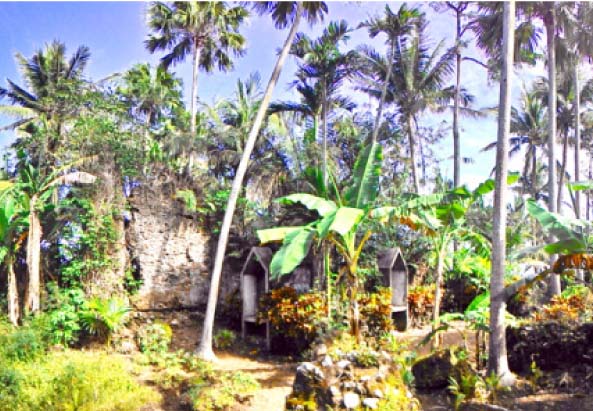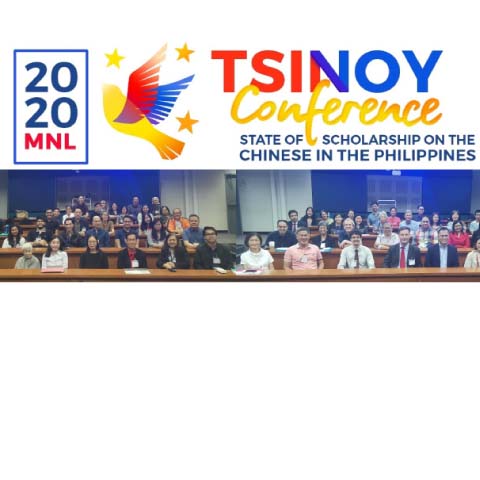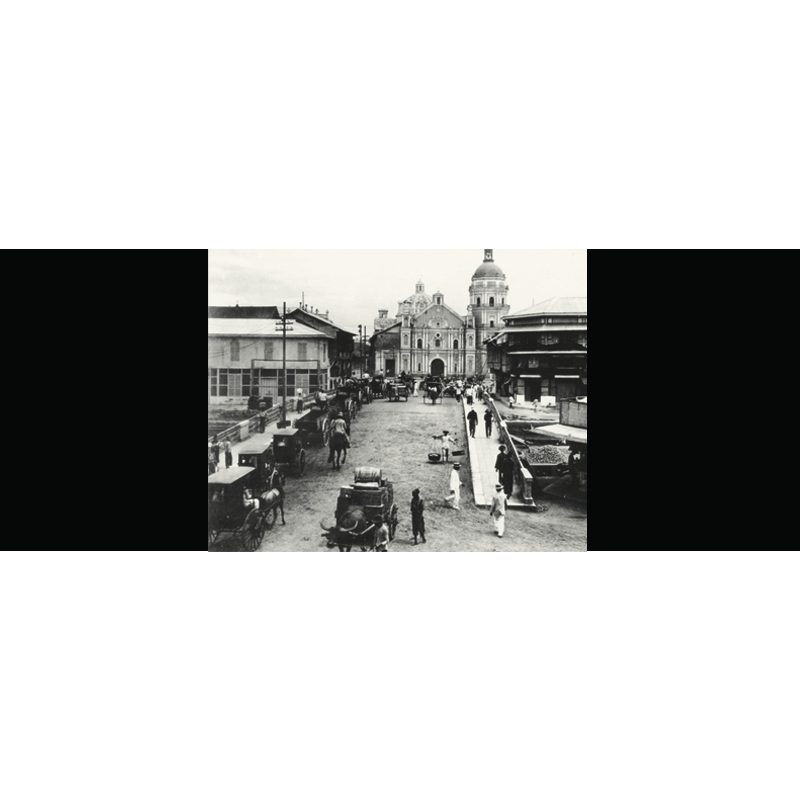A team of researchers from Kaisa Para Sa Kaunlaran headed to Cagayan Valley and Ilocos in January 2016 to find out more about locations No. 5 Lam-Ong and No. 6 Thay Gu Khang. Initial research was conducted by Conor Lim Dunham at the National Library, National Archives, University of Sto. Tomas archives and the Archdiocesan […]









